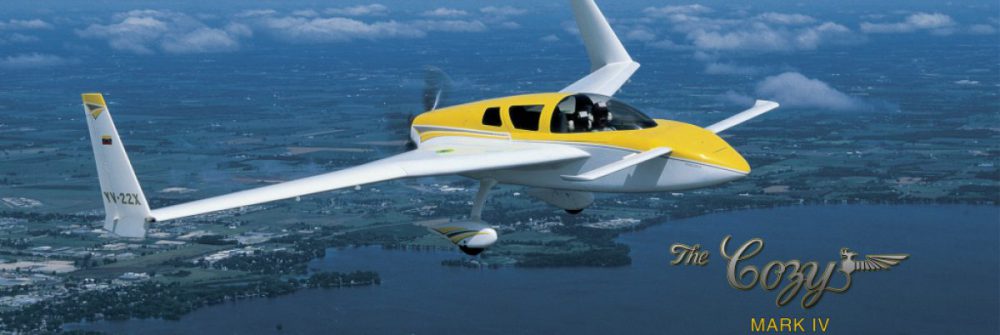This chapter has nothing to do with building the plane, but it is mandatory to go through it because I will learn all the techniques used in the next chapters.
I decided to buy a composite test-kit from ACS and some West 105/206-epoxy locally. I prepared my work-shop and spent quite some time reading the instructions that followed the test-kit. The kit contained both UNI and BID-glass, flox, microballoons, urethane and styrofoam, mixing-cups, sticks, brushes and gloves as well as ratio-pumps for the West-system. It also included a DVD with Burt Rutan and Mike Melvill (a copy from an old VHS) which demonstrates the techniques used. Very useful!
There are mainly four things I will make in this chapter:
1: Sample 6-ply layup
I have never made anything with glassfiber and epoxy before, so I was a bit excited. I started by taping some waxed paper onto a solid table. I then marked a rectangle 18″ x 12″ and started to cut 6 bits of BID-glass. I then made a 6-ply plate out of this. This part is to learn and get the feel on how to wet the glass, how to use the squeege, and generelly a soft start. After 1/2 hour it looked like this:
![ch03-01[1][1]](http://ljosnes.no/cozy/wp-content/uploads/2016/05/ch03-0111.jpg)
I then have to trim it down to 16″ x 10″ and put it on a weight to see if I have used the right amount of epoxy. I bought an electric scissor from Black&Decker. Makes cutting glass much easier!
![ch03-02[1][1]](http://ljosnes.no/cozy/wp-content/uploads/2016/05/ch03-0211.jpg)
The part should weigh between 297 grams and 354 grams. 318 grams is closer to 297 than 354 so I am happy :-). Off to the next project…
2: Confidence-part
The point with this excercise is to make a structural part (a bar) of urethane-foam and 8 plies of UNI and BID.
![ch03-03[1][1]](http://ljosnes.no/cozy/wp-content/uploads/2016/05/ch03-0311.jpg)
This bar is only 14″ long and 2,5″ wide. After curing for 4 days I tested it by placing a broom-stick under the middle and stepped on each side. The bar didn’t break despite of my 183lbs.
I am later going to cut in in two and make a structural repair.
3: Book-stand
This excercise gives an experience in making curves, corners, BID- and UNI-layups, concave and convex foam carving etc. It was a fun project and ended up pretty good I think!
![ch03-04[1][1]](http://ljosnes.no/cozy/wp-content/uploads/2016/05/ch03-0411.jpg)
4: Airfoil
Now I am going to try hot-wiring foam and make a sample airfoil. This was not so straight-forward as it seemed like in the video, but after three tests I finally managed to get all the different factors in the right order. The biggest “problem” was knowing how much heat to use and how much I could tighten the wire before it broke.
![ch03_05[1][1]](http://ljosnes.no/cozy/wp-content/uploads/2016/05/ch03_0511.jpg)
What did I learn here? The templates must be absolutely correct (surprise!). Every imperfection will transfer to the foam. Let the wire do the work, don’t use force or else there will be lag in the foam. Use enough heat – better a bit too warm then too cold. Keep the wire tight! Get someone to help, and practice first on a small sample. Weigh down the foam before cutting.
The airfoil I made ended up with a significant low-part where the spar-cap is. This is because of the imperfect template I made. The numer of plies beneath (5 UNI) should be enough to level with the sides but it was too deep. On the underside however it was more or less perfect. I take this as an important excercise. Better to do the errors on the practice-layups than on the real thing!
I will also finish this airfoil and paint it as a regular wing, just to practice this part as well. To be continued…
5: Structural repair
This is the time to break the bar I made in excercise 2! I will learn to repair it again making it as strong as before (hopefully).
Accumulated hours this chapter: 15
